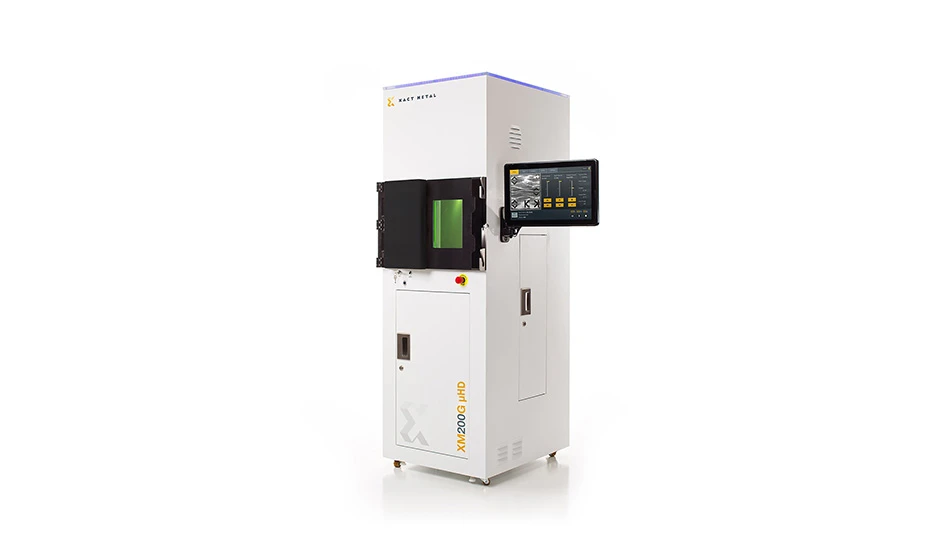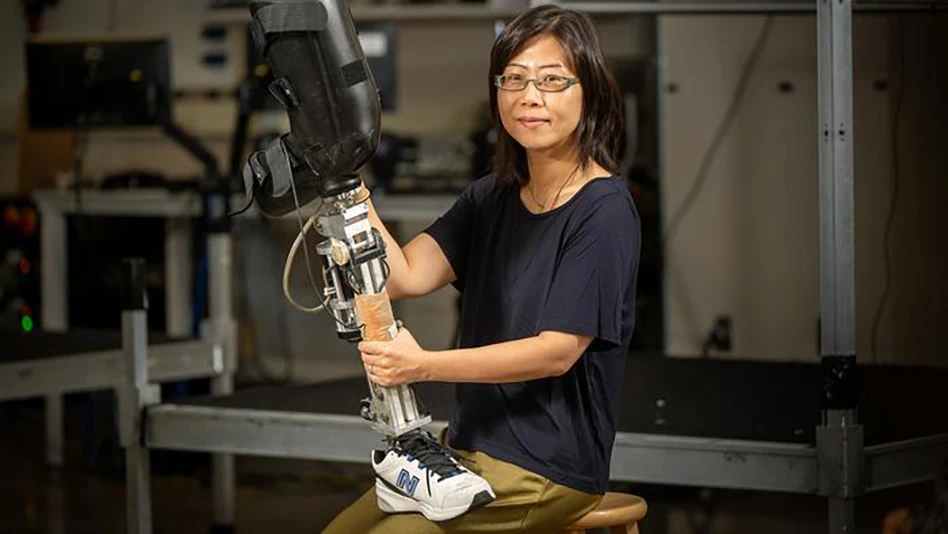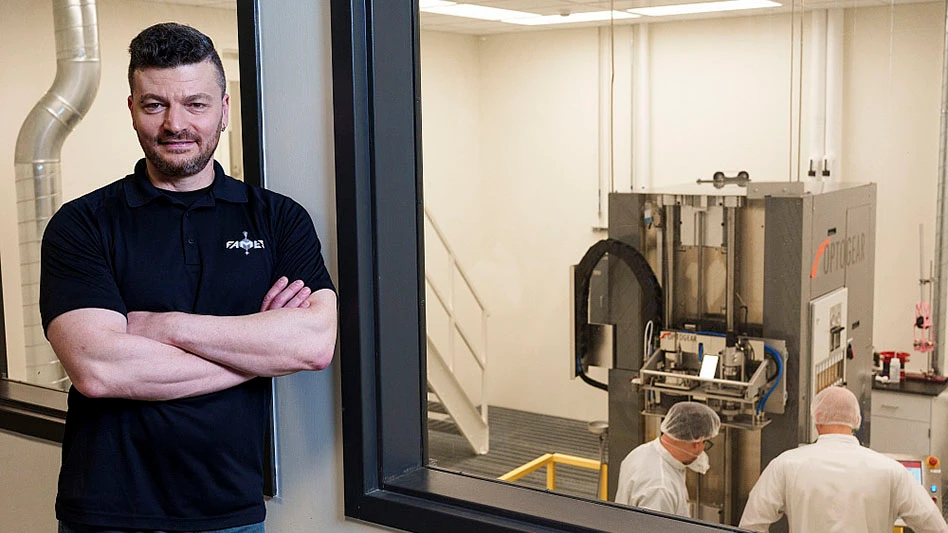
Globally
10+ million people living with limb loss
$1.62 billion in 2015 value
5% CAGR through 2026
~1.5 per1,000 incidence of amputation
TYPES
LOWER EXTREMITY
Foot & ankle prosthetics
Knee prosthetics
Hip prosthetics
UPPER EXTREMITY
Hand prosthetics
Elbow prosthetics
Shoulder prosthetics
COMPONENTS
Liners
Sockets
Modular
TECHNOLOGY
Conventional
Electric powered
Hybrid
$731.1 million
Electric-powered orthopedic prosthetics’ 2015 value
6% CAGR through 2026
Technology found in a prosthetic leg
Hydraulic unit – Two valves independently control joint resistance flexion
Inertial motion unit (IMU) – Gyroscope, acceleration sensors determine position, speed of the Genium; sensor determines flexion angle and flexion angle speed; prosthesis control uses analysis of movements and force acting on the joint
Battery and electronics – Enclosed and protected by the frame; integrated microprocessor coordinates all measurement and control
Bluetooth – Simple communication with the joint; function can be disabled
Knee moment sensor – Data for precisely determining the forces acting on the prosthesis
Inductive charging – Connected with magnets to the back of the knee joint, allows charging through clothing, cosmetic covers
(Example is based on Ottobok’s Genium)

Explore the October 2016 Issue
Check out more from this issue and find your next story to read.
Latest from Today's Medical Developments
- GrindingHub Americas launches in 2027 in Cincinnati, Ohio
- Methods Machine Tools now offers the Nakamura-Tome NT-Flex
- Battelle awards $900,000 in STEM education grants to Ohio schools
- #55 Lunch + Learn Podcast with KINEXON
- Starrett and Gerstner offer limited edition, American made 1950s replica wooden machinist tool chests
- EMCO’s UNIVERSALTURN 50: The new benchmark in universal turning
- Archetype's Expertise for Equity accelerates early-stage innovation
- Stratasys expands its AM solutions with Tritone's cutting-edge technology





